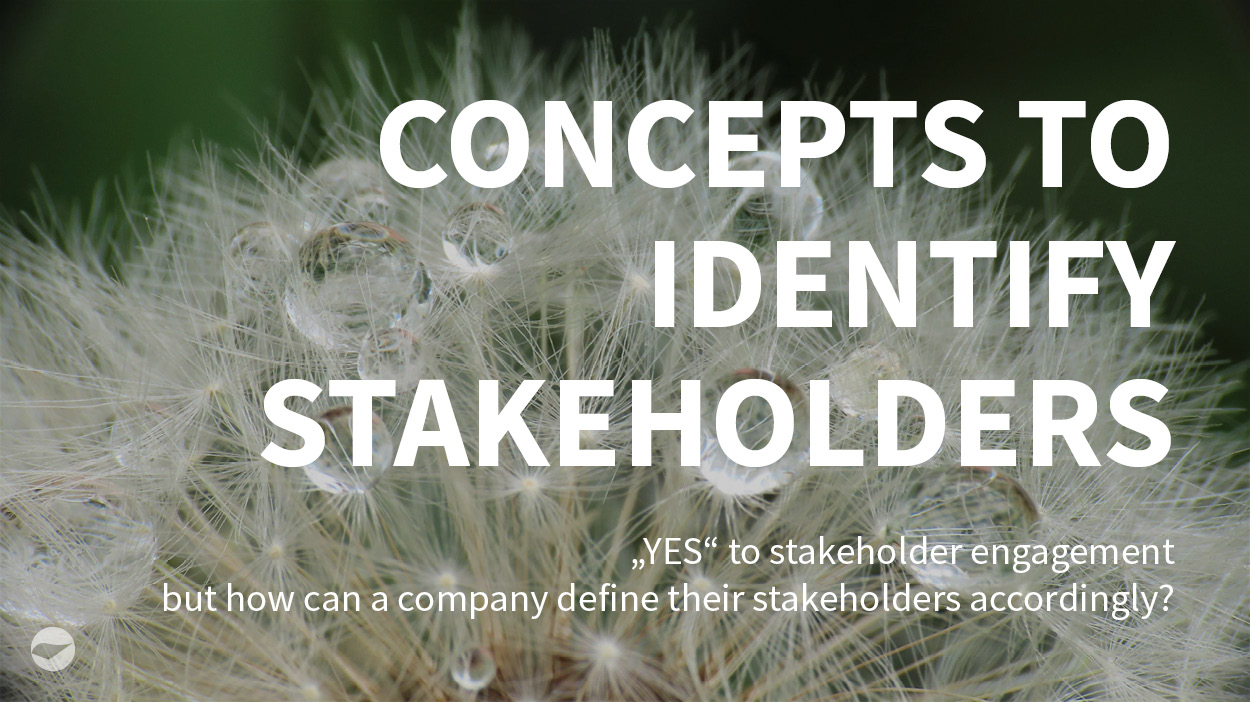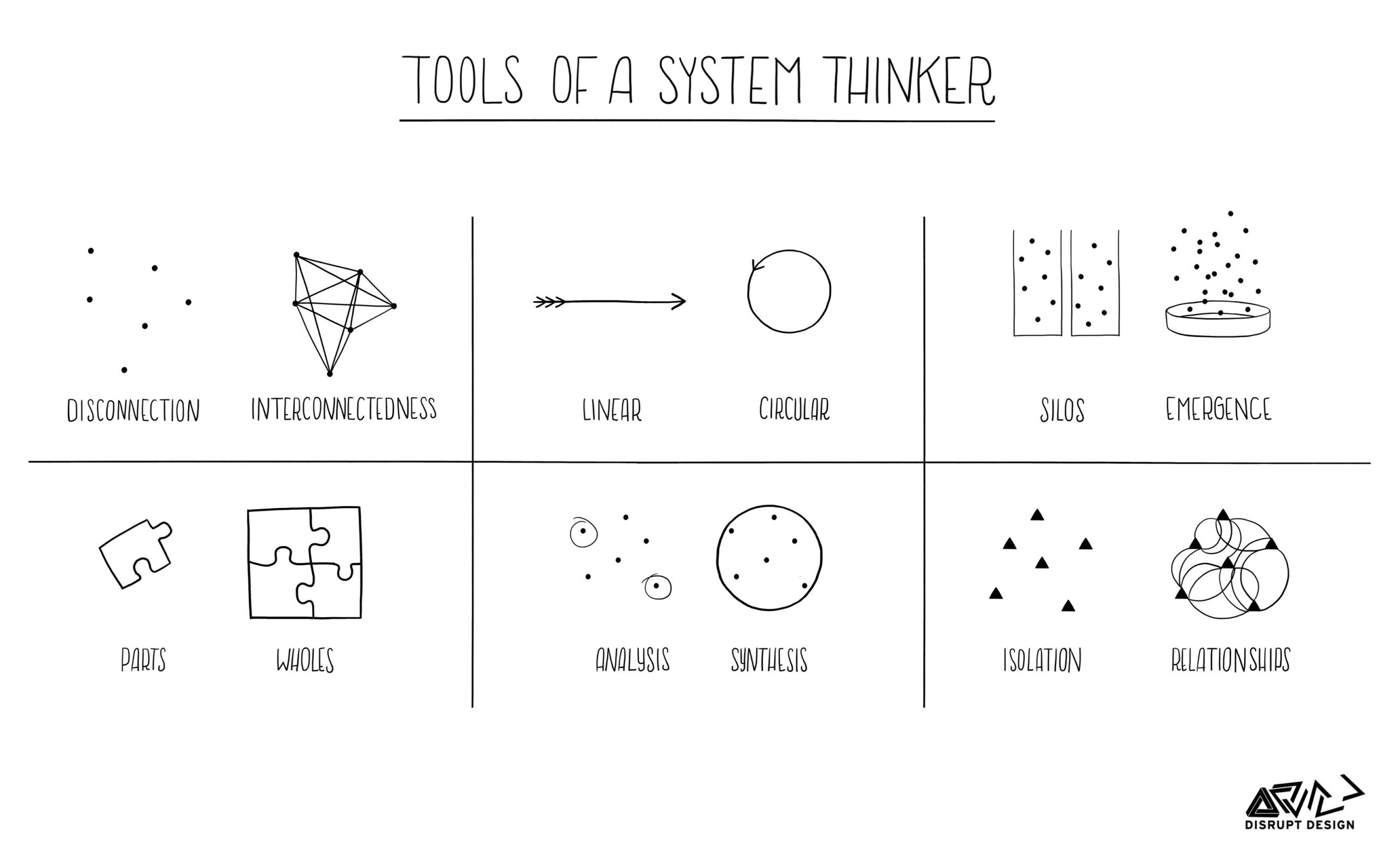We have already summarized the basic features of a stakeholder dialog in another article.
The legal framework relieves companies of the question of “whether organizations should involve their stakeholders” and answers it with a clear “yes”. Here we would like to go a step further by briefly touching on the question of identifying one’s stakeholders.
In the fifth edition of the book “Integrative Business Ethics” by Peter Ulrich, published in 2016 by Haupt Verlag in Bern, the author sees companies as a “pluralistic value creation event” regardless of their legal corporate constitution, i.e., privately or publicly supported. The reason for it to be seen as pluralistic is decisions and activities affecting a multitude of stakeholders in their life or existence. He thus sees those involved and affected as an essential component in the discourse of legitimizing the company. From this, Peter Ulrich deduces that the sole guiding question “What values do I want to create as a company?” is no longer sufficient. Furthermore, the aspects of the distribution of value creation and value consumption, as well as the question of for whom value is created or who bears the costs for internal as well as external processes, must be taken into account. He also admits that the discourse on the legitimacy of the company is also a discourse on the reasonableness of the extent of stakeholder involvement. It must be clarified in the course of this process that the purpose of the enterprise is accountable to all stakeholders and at the same time can be expected of the management of the enterprise. Therefore, according to Peter Ulrich, an essential step in the stakeholder dialog is the clarification of the “inviolable moral rights of all those involved and affected”.
The issue of reasonableness is also reflected in the broader context of the current CSRD legislation. Under Article 29b(4) of the directive, there is active protection for SMEs that shields them from overly broad requests from other companies in the value chain affected by the CSRD. The permissible scope of the request is based on the simplified version of the ESRS planned for SMEs.
The resulting question, to return to the original question of identifying stakeholders, can be answered in two ways, according to Peter Ulrich.
With a power-strategic concept and with a normative-critical concept. The power-strategic concept sees all those as stakeholders who have an influence potential on the company, this can be due to power over resources or due to sanctions. The Normative Critical concept, on the other hand, sees all those as stakeholders who have legitimate claims against the organization or company on the basis of rights through contractual regulations or on the basis of moral rights. This concept thus poses the question of who should have legitimate claims or be able to make them, regardless of who can make them in the current situation.
Ultimately, for companies that are serious about stakeholder engagement and thus making their own existence and activities more sustainable, this means that a detailed analysis of their own potential stakeholders, including their legitimate claims on the company and their value creation, is an essential step in any materiality analysis.
Ulrich, P. (2016) Integrative business ethics Grundlagen Einer Lebensdienlichen Ökonomie. 5th ed. Bern: Haupt Verlag.
If you have any questions on the topic, the Terra Institute is of course always available. Feel free to contact André Meinhard directly (a.meinhard@terra-institute.eu).





